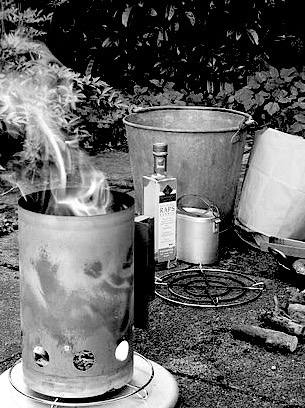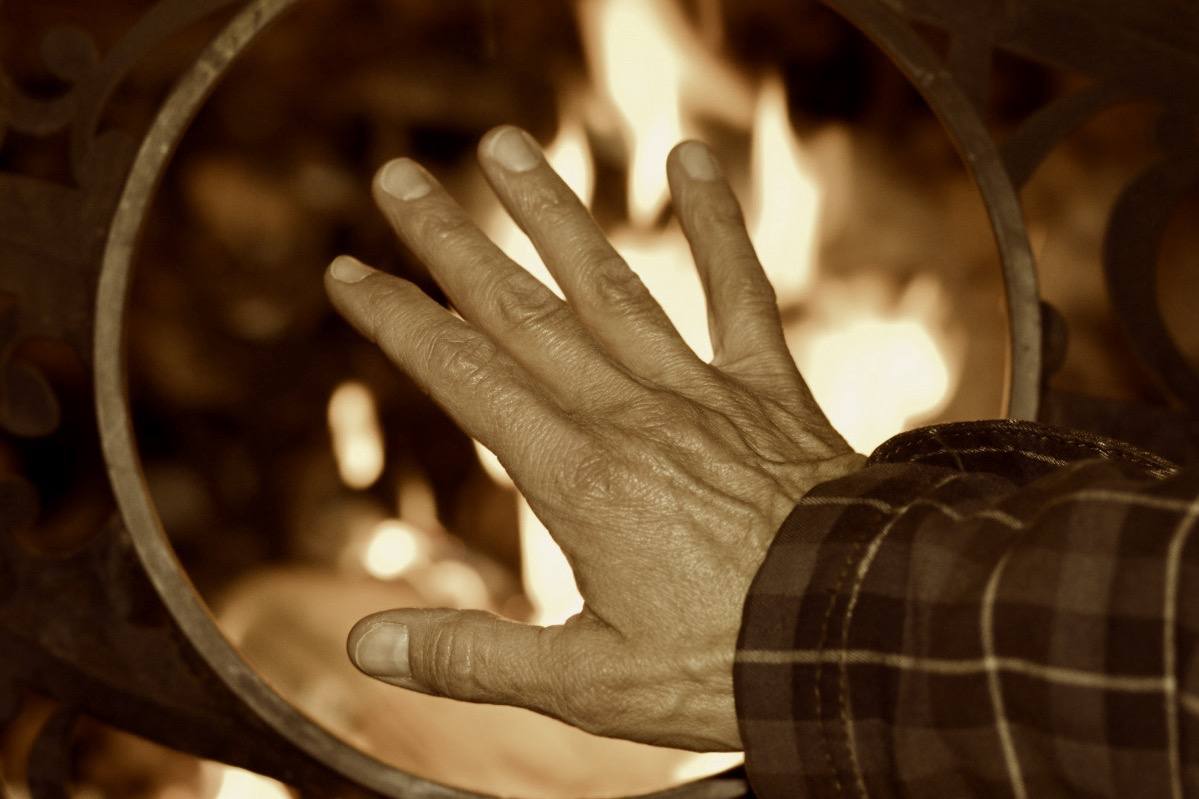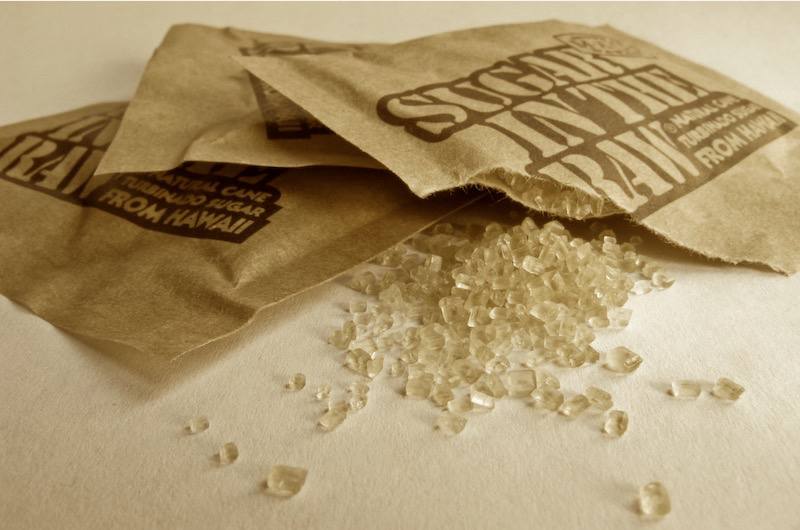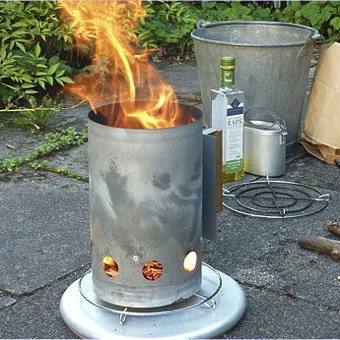365daysofbarbecue, barbecue, History, Jim Quessenberry, Style, terms, Uncategorized
Day 1: The Ultimate Cheat Sheet On Barbecue
There are many tips and tricks as well as tools of the trade that competitors and pitmasters use quite often to get the best results. We’re going to let you in on a few that we use quite often to get things going. We’ll start with the essential, and that’s fire.
Vegetable Oil and Paper Towel Fire Starter
So there are quite a number of methods for starting a fire including shorting out a car battery, gasoline and matches, dryer lint and a lighter, and so on, but these tend to be dangerous and/or extremely bitter in flavor. I’d like to share our favorite method which is odorless and doesn’t make your barbecue taste bitter.
About 10 years ago or so we were competing in a whole hog and shoulder competition and it was cold outside. Fire was not only necessary for cooking, but to stay warm. Luckily our good friend Jonathan Conley came prepared. He showed up with a gallon Ziploc bag full of folded squares of paper towel soaking in vegetable oil. We simply took one out, crumpled it into a mound about the size of half a baseball and set it under the charcoal chimney. All that was left to do was light one of the paper corners on fire and wait about 15 minutes for perfect white-hot glowing coals.

Use With Caution: Built in Handheld Thermometer
Seriously. Use this with caution. We’re not liable for you doing something dumb and burning yourself. Now that we have that outta the way, here’s a neat trick for at a glance slow smoking of larger meats. Ideally we like to smoke pork shoulders, butts, or even a whole hog at 225-250 degrees Fahrenheit and most of the time our built in chamber thermomometers work, but just like the old saying of Murphy’s Law goes, if it can happen it will. That’s never more true than when you depend on thermometers and they’re broken and/or miscalaibrated and you’re trying to check the heat of your smoke box.
Let’s say your instruments all break. Don’t sweat it. If this happens to you, a handy trick is to palm test the smoke chamber. Now, don’t go trying to palm the firebox. If you do, that’s not on me and your mom should have spent more time teaching you common sense, but alas, you’ll figure it out. The palm test is when you don’t want to open the smoke chamber and lose all the heat, but you want to know confidently that you have enough heat to cook with. It’s simple. Slowly approach the chamber with your palm open. If the heat is too much to bear even before you get close to the smoke box, your cooking too hot and too fast and need to choke down your stacks or your firebox air supply to cool down the fire. If you get to the surface with your palm and you’re able to comfortably place your hand on the surface for a considerable amount of time, then your fire is too cold and you’re on a slow pace to get done. The perfect amount of time to place your hand is to firmly apply your palm for a second or two before it becomes too uncomfortable and burns you. This is usually a decent enough heat to keep things rolling although you’ll want to phone a buddy and get something a little more accurate to read the temp.
All in all it’s a quick trick to keep you rolling, especially if you’re cooking overnight and thermometers aren’t readily available for a few more hours.

Turbinado Sugar
Ever see a Boston Butt that looked like the inside of a chimney? Overdone, carburized, burnt to a crisp? We’ve all been there, but what if I told you that all of them aren’t burnt that bad? Would you believe me? What if I told you there is a way to reduce the chances of over caramelization and blackening of the bark on your smoked cuts of pork and still have a sweet flavor? Would you want to know what that is? Sure you would.
Our main rub, Rub Beautiful, is made of Turbinado sugar just for that reason. Turbinado sugar is raw cane sugar before it has been processed, bleached, or had molasses added to it like brown sugar. Most people will confuse it with brown sugar, but it is in fact the mother of all sugar. The reason it is so much better for a finished bark on your barbecue is because it hasn’t yet been processed and has a higher threshold for crusting and turning black under high heat. In fact, when mixed with paprika or chili powder in your rub base (not unlike Rub Beautiful) it will give you a beautiful brick red color during the caramelization stage of smoking the meat. It makes for a beautiful finish and wonderful taste that’s not overpoweringly sweet, not crunchy or burnt, and defintely not bitter. It’s a neat trick that’s sure to please your next barbecue audience whether in competition or in the back yard.

Other Quick Tricks
- No prep table? Easy, use a truck tailgate and some aluminum foil.
- No wind for the firebox? Use a shop fan.
- Dirty grates and no brush? Heat em up and ball up a wad of aluminum foil to scrub them with using a stick.
- We’ll do a whole separate blog post on aluminum foil and duct tape.

